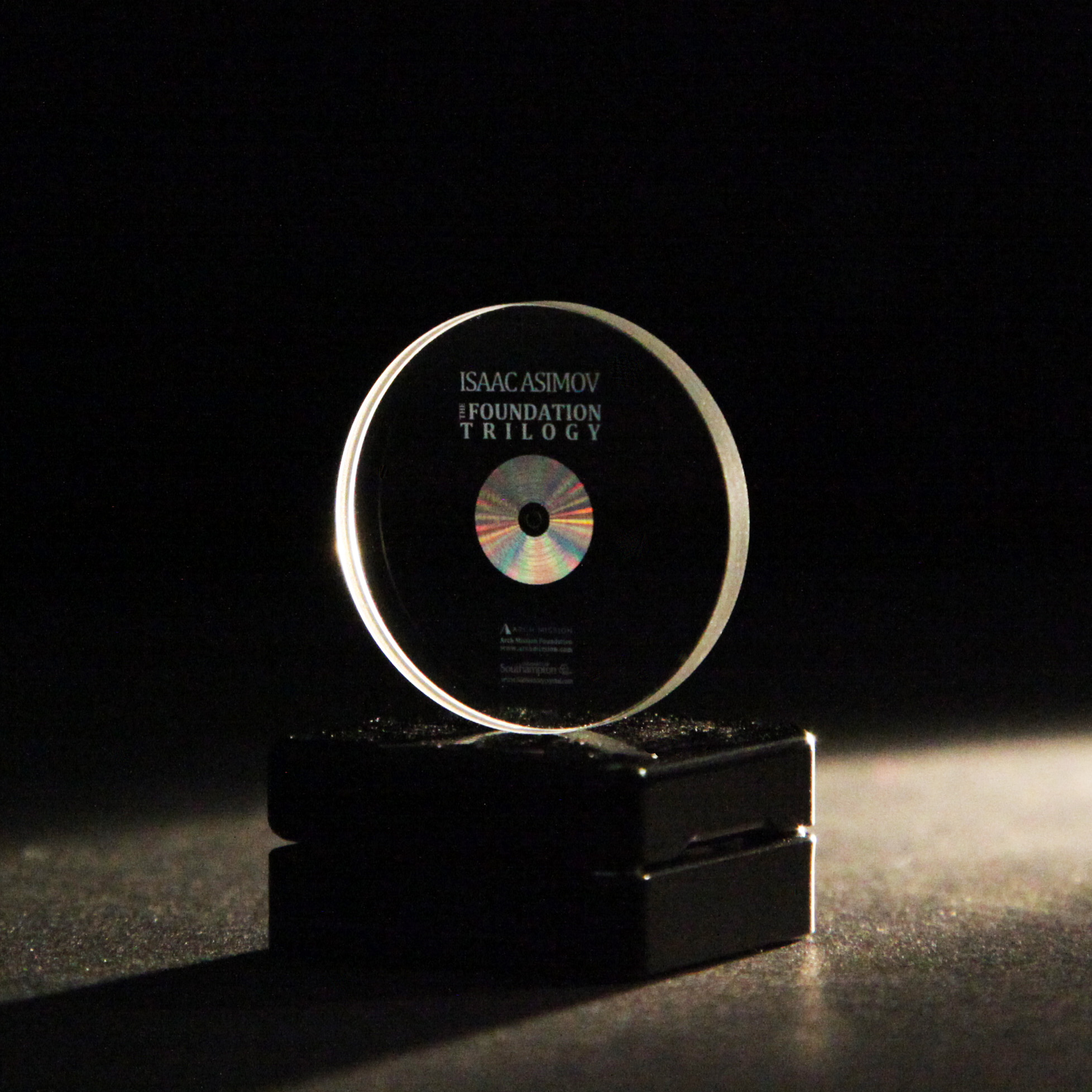SpaceX's New BFR Spaceship Really Does Look Like Tintin's Moon Rocket
Elon Musk's love of fantasy and science fiction is on full display in SpaceX's latest spaceship redesign.
On Monday night (Sept. 17), the SpaceX founder and CEO unveiled the latest iteration of the BFR rocket-spaceship duo, which the company is developing to help humanity settle the moon, Mars and other distant destinations.
The new version of the 100-person spaceship is longer than the previous one — about 180 feet (55 meters), compared to 157.5 feet (48 m). And it features three rear fins that also serve as landing pads, rather than the separate fin and landing-leg systems that Musk had disclosed previously. The spaceship now looks a lot like the vehicle the beloved comic-book character Tintin uses in the 1954 adventure "Explorers on the Moon." [The BFR in Images: SpaceX's Giant Spaceship for Mars & Beyond]
And that's not entirely a coincidence.
"I think this design is probably on par with the other one. It might be better. It's slightly riskier technically, because of coupling legs and sort of the actuating wing-fin flaps. But I think it's the right decision overall. I think it looks beautiful," Musk said during last night's event, which introduced Japanese billionaire Yusaku Maezawa as the person who purchased a round-the-moon BFR trip that could launch as soon as 2023.
"I love the Tintin rocket design, so I kind of wanted to bias it towards that," Musk added. "If in doubt, go with Tintin."
This is far from SpaceX's only nod to literary works that have inspired Musk or helped shape his vision of spaceflight's future. For example, the company named its two autonomous spaceport drone ships — which serve as oceangoing landing platforms for rockets returning to Earth — "Of Course I Still Love You" and "Just Read the Instructions." These are the names of two huge, sentient spaceships in the works of legendary sci-fi writer Iain M. Banks.
Breaking space news, the latest updates on rocket launches, skywatching events and more!
SpaceX included a few similar tributes on the highly anticipated maiden launch of its Falcon Heavy rocket, which occurred this past February. The Tesla Roadster lofted on that flight carries a mannequin dubbed Starman and blasts David Bowie's famous song "Space Oddity."
The Roadster's dashboard display blares "Don't Panic!" — a directive repeated many times in Douglas Adams' "The Hitchhiker's Guide to the Galaxy." And Musk has said he wants to name the first BFR spaceship that carries people to Mars "Heart of Gold," after an important spacecraft in that beloved book.
In addition, the entirety of Isaac Asimov's seminal "Foundation" trilogy sits in the glove compartment of the Roadster, etched on a special quartz disc designed to last millions, or perhaps billions, of years.
"Asimov's 'Foundation' series is a key inspiration for SpaceX," Musk said during last night's event.
Then there's SpaceX's rocket family, which currently consists of the Falcon 9, Falcon Heavy and BFR (which stands for "Big Falcon Rocket," or, alternatively, "Big F***ing Rocket). This moniker is a nod to the Millenium Falcon from the "Star Wars" films, Musk has said.
SpaceX's Dragon capsule, by the way, is named after the song "Puff the Magic Dragon," which was made famous by the group Peter, Paul and Mary in 1963. The name is a reference to SpaceX's early critics, many of whom relegated the company's ambitious goals to the realm of fantasy. (The robotic version of Dragon is already flying cargo missions to the International Space Station for NASA, and the crewed variant is scheduled to make its first crewed test flight next April.)
The chief purpose of Monday night's event was to reveal Maezawa as the purchaser of the BFR moon mission, and to give a few details about that flight, which Maezawa is calling #dearMoon. The Japanese entrepreneur, who started the e-commerce company Zozo, said he plans to take six or eight artists with him, in the hopes that the pieces they create afterward will inspire millions of us back on Earth.
Note added at 5:30 p.m. EDT on Sept. 19: Readers have pointed out that the new BFR spaceship also resembles the Planet Express vehicle from "Futurama." I'm a big "Futurama" fan, and I agree — but Musk didn't mention that show as an influence during Monday night's event. Also, the original version of this story incorrectly stated that the BFR spaceship's three rear fins are actuated. Only two of the three actuate; the third is just a leg, which looks like a fin for symmetry purposes.
Follow Mike Wall on Twitter @michaeldwall and Google+. Follow us @Spacedotcom, Facebook or Google+. Originally published on Space.com.

Michael Wall is a Senior Space Writer with Space.com and joined the team in 2010. He primarily covers exoplanets, spaceflight and military space, but has been known to dabble in the space art beat. His book about the search for alien life, "Out There," was published on Nov. 13, 2018. Before becoming a science writer, Michael worked as a herpetologist and wildlife biologist. He has a Ph.D. in evolutionary biology from the University of Sydney, Australia, a bachelor's degree from the University of Arizona, and a graduate certificate in science writing from the University of California, Santa Cruz. To find out what his latest project is, you can follow Michael on Twitter.



